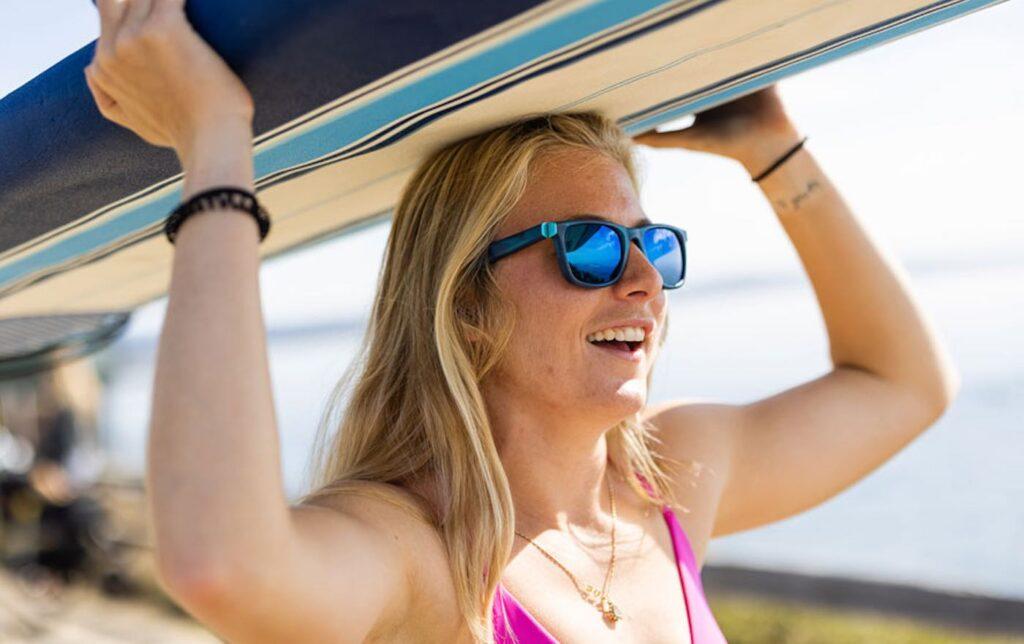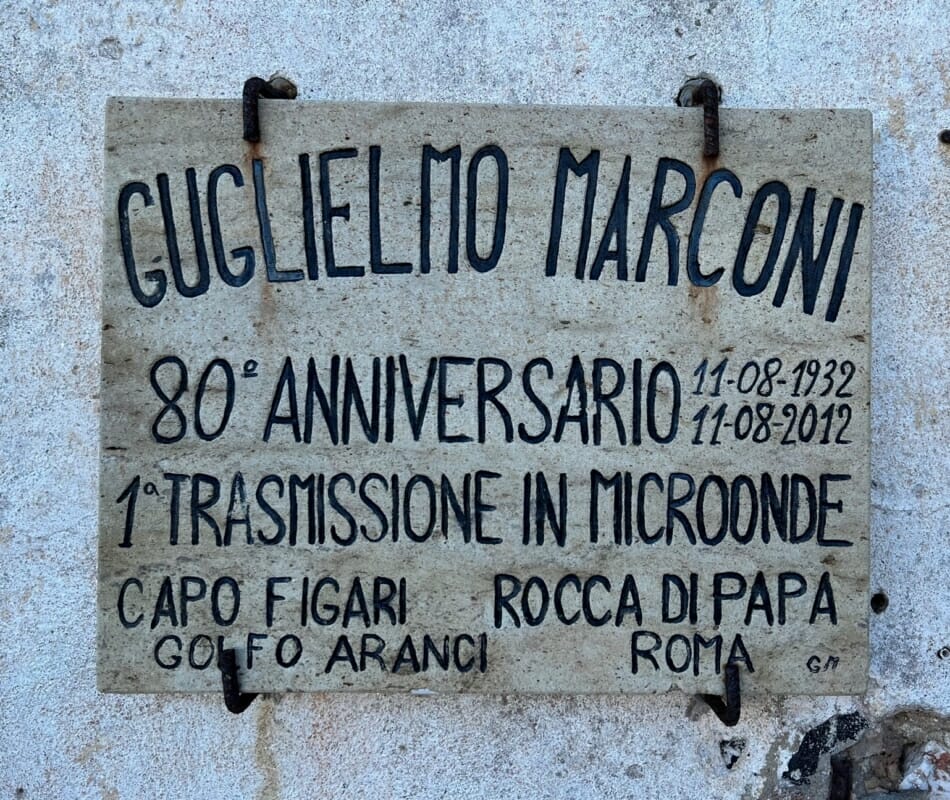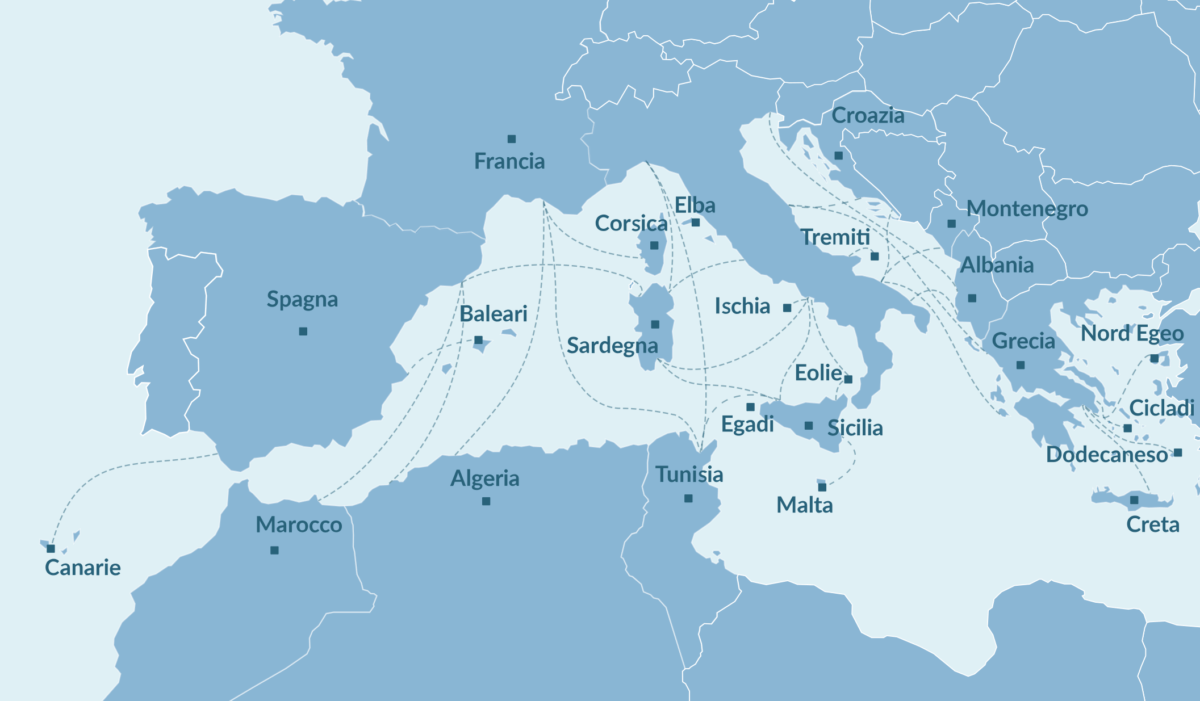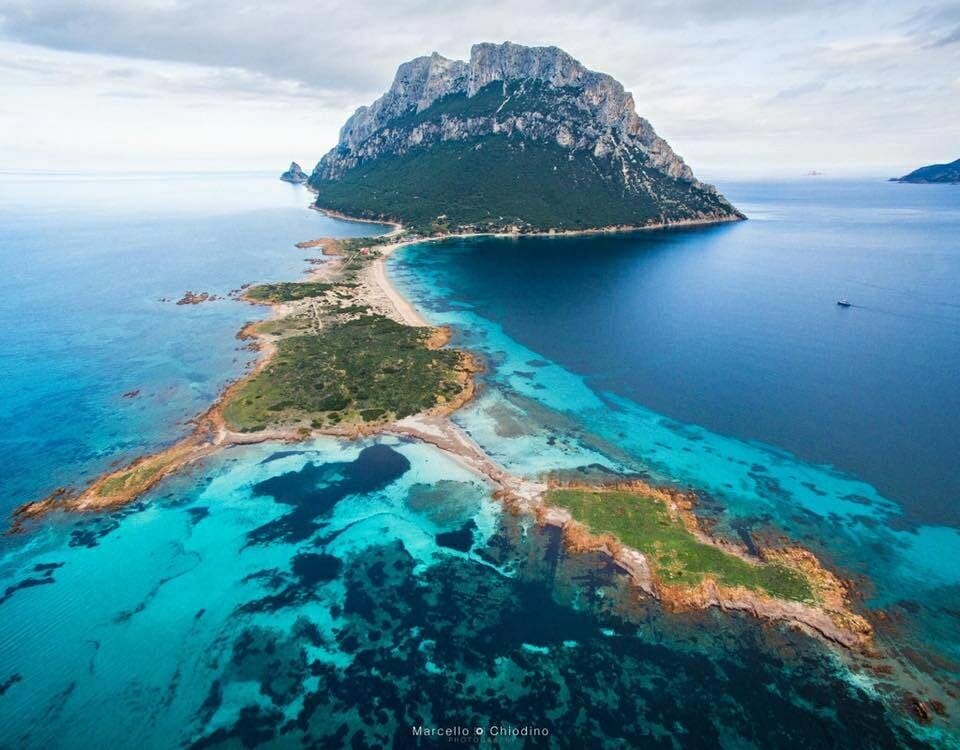The first sunglasses made from plastic collected at sea
The Ocean Cleanup Project
Towards the end of 2019, the Ocean Cleanup crew returned from the Great Pacific Garbage Patch with its first load of plastic waste collected from the ocean during a pilot test of its litter-fighting technology, demonstrating that it could remove plastic from the surface of the water. But then came a new hurdle in the company's years of research to prove its effectiveness: how to recycle that plastic so that it would not become waste again.
"It was actually a real challenge," says Boyan Slat, CEO and founder of Ocean Cleanup. "The material collected is mixed: half are fishing nets, the other half are more rigid objects, such as bottles and crates. So turning all this into a usable material was quite a challenge. When we announced we were going to do it at the end of last year, we didn't know if we could do it".
Ocean Cleanup: the sunglasses
The non-profit organisation today unveiled its first recycled plastic product, a pair of sunglasses made from ocean plastic designed by renowned designer Yves Behar and manufactured by Italian company Safilo. To arrive at the final product, the team worked with a range of partners to sort the waste they had pulled out of the water, wash it, shred it and turn it into pellets that could be used in production.
"We had to create a completely new supply chain, because this is a material that has never been processed before," says Slat. The sunglasses are mainly made from discarded fishing nets and HDPE plastic.
The recycled material looks slightly different from virgin plastic. "We said to ourselves: why not embrace the imperfections? We played with the mixture and eventually arrived at this aspect of the material. . . it looks a bit wavy and uneven. For me it's kind of an asset, because it's a bit of a reminder of where this plastic comes from."
The Ocean Cleanup has partnered with independent certification body DNV GL to verify the origin of plastics and develop a new international standard on how companies can prove the 'source and authenticity' of the marine plastics they use in their products. Called the Chain-of-Custody Standard for plastics recovered from the hydrosphere, it defines a set of requirements that companies must meet, including a traceable supply chain 'from water to shore'.
According to one estimate, five trillion pieces of plastic are found in the world's oceans and up to 14 million tonnes of additional plastic enter the oceans each year. The Ocean Cleanup has taken on the challenge of trying to design technology that can collect plastic from areas such as the Great Pacific Garbage Patch, a vortex where large amounts of waste accumulate and then break down into much smaller pieces of microplastic.
How useful was this post?
Click on a star to rate it!
Average rating 5 / 5. Vote count: 3
No votes so far! Be the first to rate this post.











